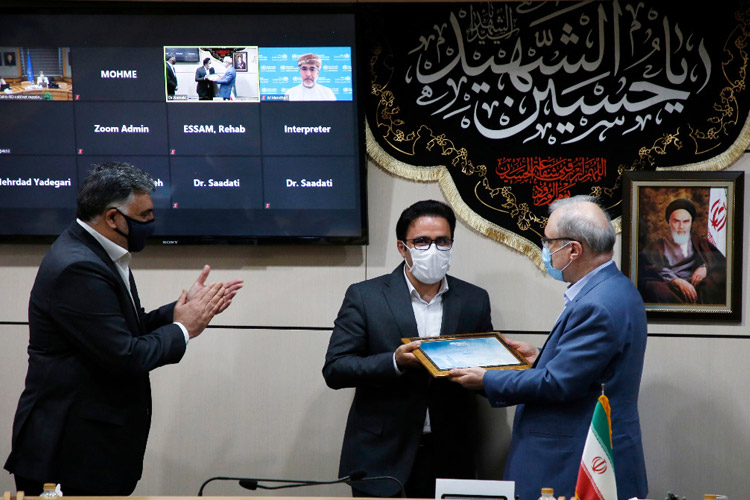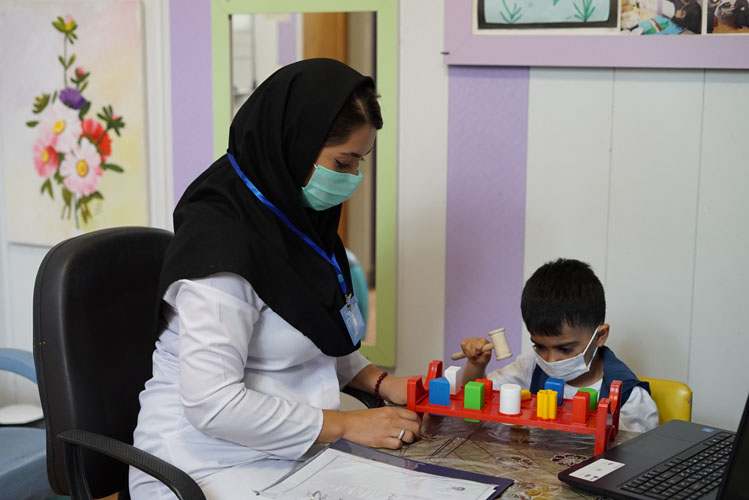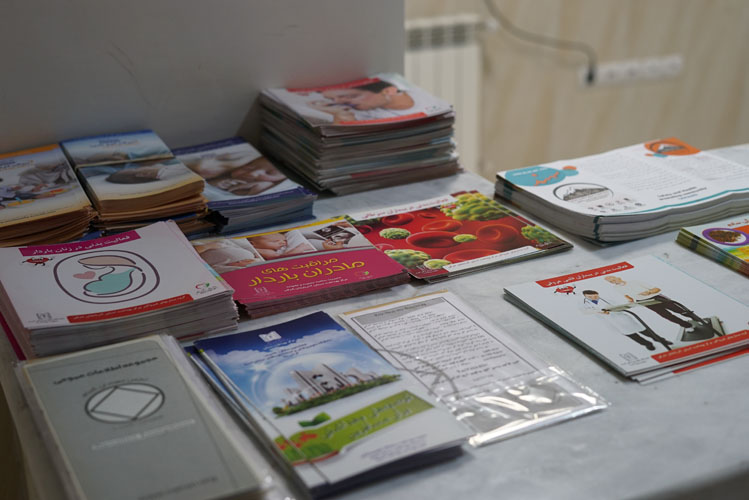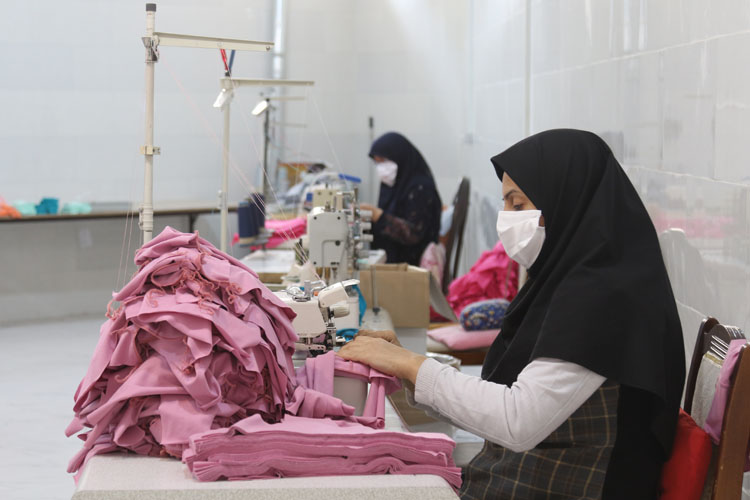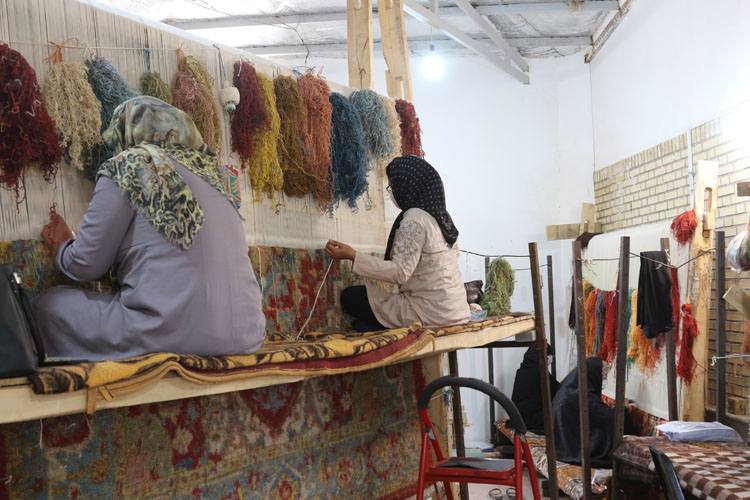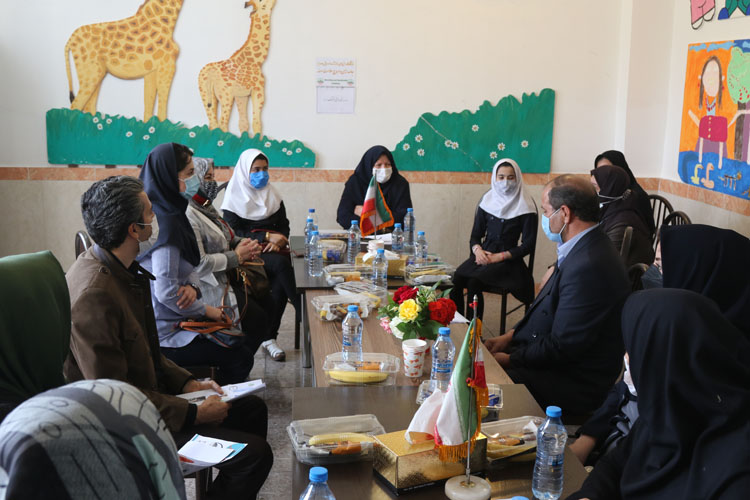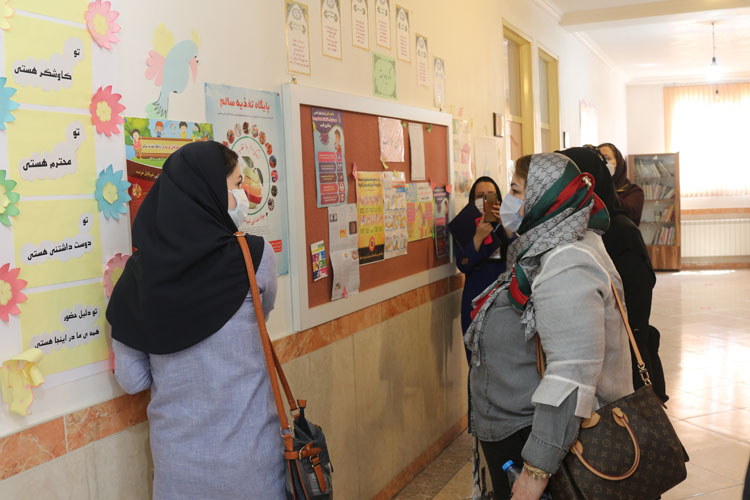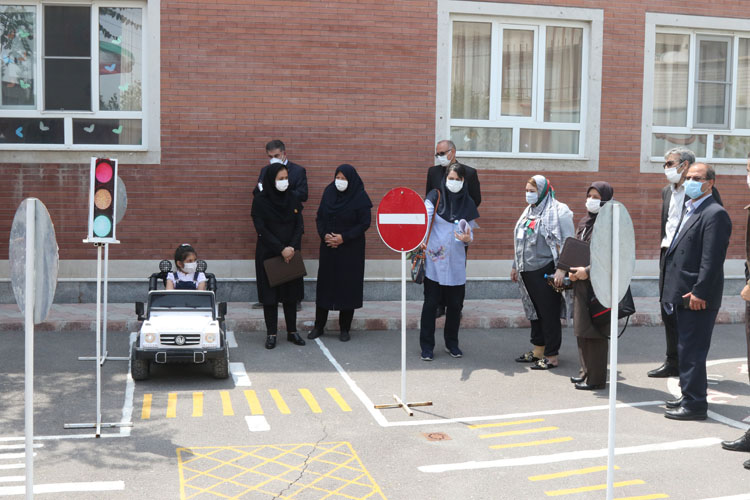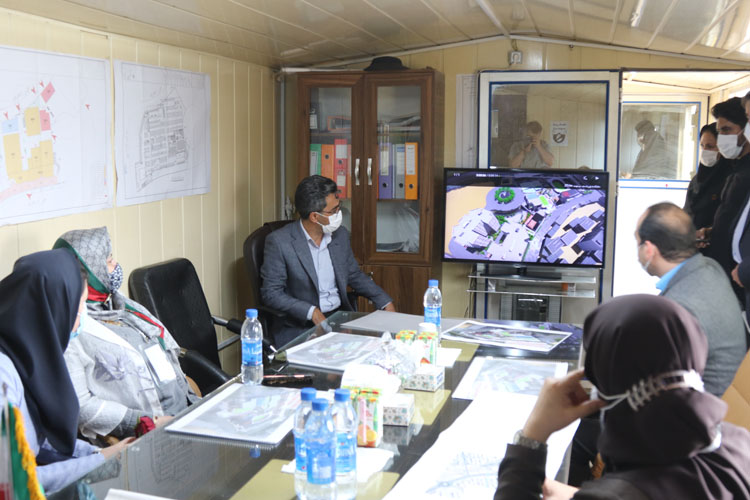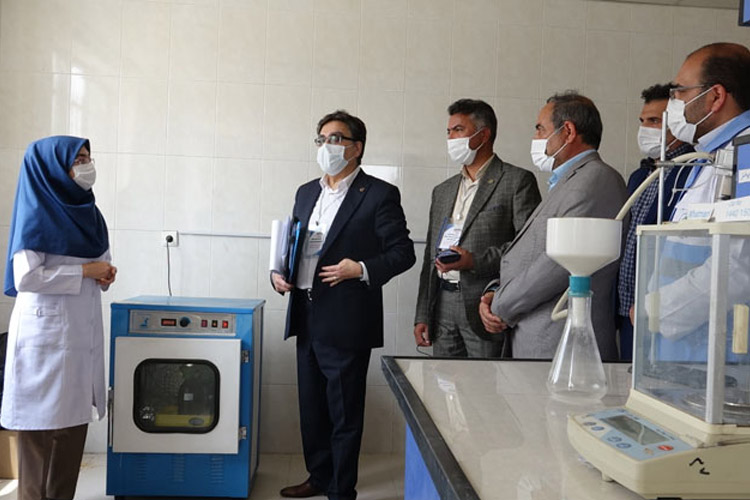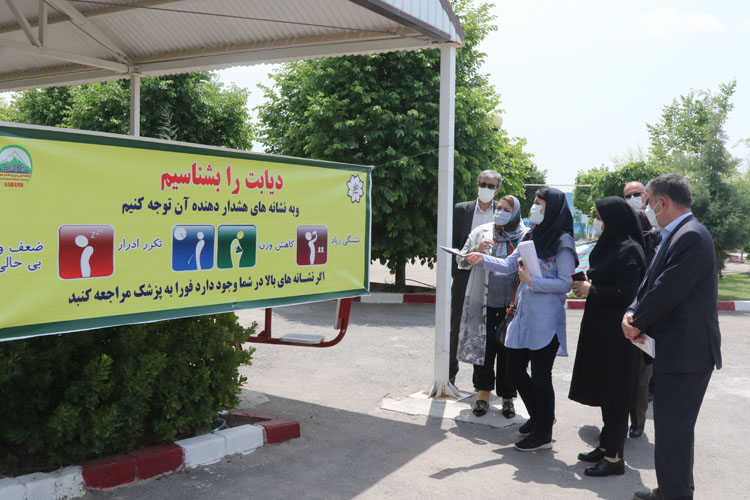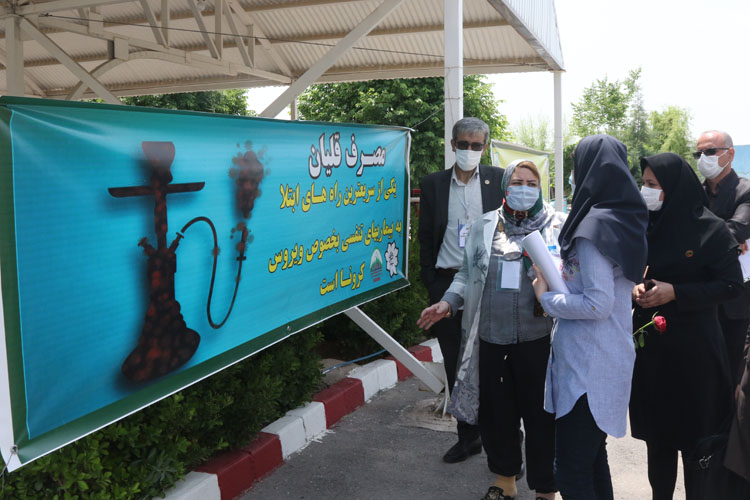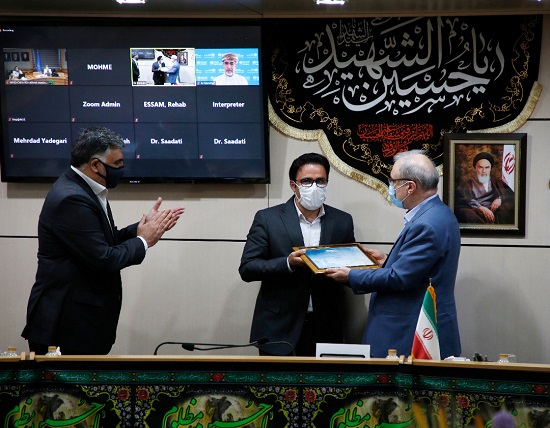 Minister of Health and Medical Education Dr Saeid Namaki presents award to Governor of Osku County Mr Babak Razimanesh. WHO Representative to Islamic Republic of Iran Dr Syed Jaffar Hussain (left).10 August 2021, Tehran – Sahand, a new town in the East Azerbaijan province of Islamic Republic of Iran, has just been presented with a healthy city award in recognition of its achievements under WHO’s Healthy Cities programme.
Minister of Health and Medical Education Dr Saeid Namaki presents award to Governor of Osku County Mr Babak Razimanesh. WHO Representative to Islamic Republic of Iran Dr Syed Jaffar Hussain (left).10 August 2021, Tehran – Sahand, a new town in the East Azerbaijan province of Islamic Republic of Iran, has just been presented with a healthy city award in recognition of its achievements under WHO’s Healthy Cities programme.
The award was officially presented during a formal ceremony on 10 August by WHO Representative to Islamic Republic of Iran Dr Syed Jaffar Hussain to the Minister of Health and Medical Education Dr Saeid Namaki and Governor of Osku County Mr Babak Razimanesh, in the virtual presence of WHO Regional Director for Eastern Mediterranean Office Dr Ahmed Al-Mandhari.
The ceremony was also attended by representatives of Tabriz University of Medical Sciences and local dignatories of Sahand, who delivered closing remarks.
During the ceremony stakeholders discussed the components of a healthy city and some of the key performance indicators required to meet healthy city status. The national Healthy Cities Network website was also unveiled at the event.
The award represents an important milestone for the country and the programme in WHO's Eastern Mediterranean Region, as Islamic Republic of Iran was the first country in the Region to implement the programme in 1991 in 3 areas in Tehran. Islamic Republic of Iran is among those countries with the highest number of registered cities in the Regional Healthy Cities Network with 22 cities currently registerd. Sahand is also the first city among those registered to be evaluated by WHO and receive the 3-year Healthy City award.
Sahand is located 20 km southwest of Tabriz, with a population of about 161 000. The city continues to expand with a steadily growing population and is expected to incorporate future-proof urban spaces and services.
The Healthy Cities programme was adopted in Sahand in 2015 with the vision of creating “a safe and healthy community for the happy livelihood of every person”.
The final evaluation visit was conducted on 23–25 May by WHO staff from the Regional Office for the Eastern Mediterranean to assess the city’s “healthy city” eligibility. The visit was the second, and final, part of the assessment as the first part was conducted through a virtual desk review in December 2020 due to restrictions brought about by the COVID-19 pandemic. The virtual desk review was the first of its kind to be performed during the evaluation process against the backdrop of COVID-19.
The evaluation team from the Regional Office comprised Dr Maha El-Adawy, Director of the Department of Healthier Populations, Dr Samar ElFeky, Technical Officer for Community-based Initiatives and Healthy Settings, and Dr Mohammad Assai, WHO Consultant and senior public health advisor, who completed the assessment over a 3-day visit to the city, including field visits to several settings and implementation sites.
A healthy city should meet at least 80% of the 80 indicators recognized by WHO, ranging from socioeconomic measures, governance, and increasing potential to institutional transformation and cooperation based on planning and implementing innovative projects. Sahand, as per the evaluation outcome, achieved 74 out of 80 key performance indicators (92.5%).
“I see Sahand has succeeded in transforming itself from a city where everybody was working alone to a city where everybody is working towards a healthy community, a healthy environment, and a healthy lifestyle,” said Dr Maha El-Adawy after the visit. “I observed this in many aspects and places we visited, and in the attitude of the people we have met. Within the whole city, as we were moving around and visiting different communities, I could see the changes and focus of everybody on health and well-being”.
WHO promotes healthy cities by awarding and endorsing flagship cities such as Sahand, and through the healthy cities networks brings together healthy cities across countries through local capacity-building and monitoring, implementating and exchanging experiences. WHO also provides strategic and technical support to build capacity at local and national levels.
Sahand had already received certification from International Safe Communities in 2019 and integrated that initiative into the context of its healthy city status. Islamic Republic of Iran plans to expand the programme to cover 100 additional cities across the country through the network.
“Sahand has been implementing the Healthy Cities programme for the last 6 years and has now reached a level of maturity. Hopefully, Sahand stands as a role model for other cities in the Islamic Republic of Iran,” said Dr Mohammad Assai. “Political commitment, community participation and ownership are visible in all of the projects we visited.”
As a healthy city, Sahand prioritizes developments and improvements to health care, environmental services, safe water supply, optimization of the environment, pollution and improved housing. It ultimately aims to promote high-impact, unified community engagement by raising awareness and realizing the untapped potential of communities at local and national levels. The programme ensures that health is the hallmark of economic, social and political agendas, and thereby boosts the participatory morale of all stakeholders and mobilizes potential resources.
An important element in Sahand’s healthy city development is empowering women, who represent 49.5% of the population, in collaboration with the governor’s office, health networks, municipal entities, social protection sector and civil society organizations. They have multiple community-led initiatives and programmes for the socioeconomic empowerment of vulnerable populations, including the elderly, people living with disabilities, female-headed households and children. The services provided in Sahand are inclusive and accessible for all.
“I am optimistic because I have seen a very high level of commitment. Not only at the political level, but also of each individual in Sahand that I have met,” said Dr Samar ElFeky during her visit to the city. “I am convinced that their passion for transforming their city will be sustained.”


